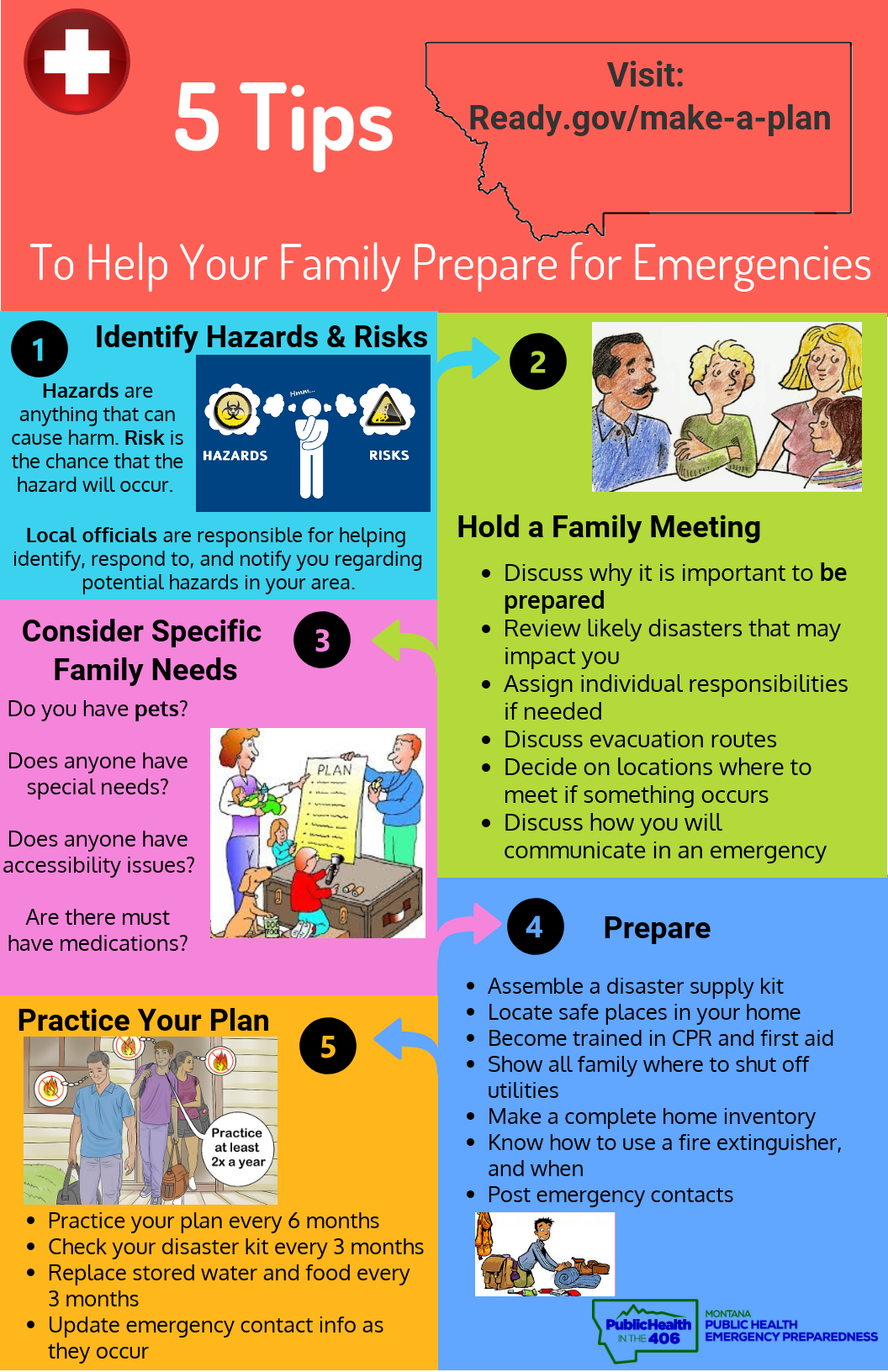A novel and deadly disease has emerged in the Democratic Republic of the Congo (DRC), sparking fears of a global pandemic. Dubbed “Disease X” by the World Health Organization (WHO), the virus is highly contagious and has a high mortality rate.

Mpox has been declared a public health emergency in Africa — what is it - Source www.kdorblog.com
After weeks of analysis, digging through data, and talking to experts, we put together this Disease X In The Congo: A Public Health Emergency guide to help you cut through the noise and make the right decision.
Here are the key differences between Disease X and other deadly diseases:
| Characteristic | Disease X | Other Deadly Diseases |
|---|---|---|
| Transmissibility | Very high | Varies |
| Mortality rate | High | Varies |
| Treatment | No known cure or treatment | Varies |
| Prevention | No known vaccine or prevention methods | Varies |
As of today, there is no known cure or treatment for Disease X. The virus is spread through contact with infected bodily fluids, such as saliva, blood, or feces. Symptoms of Disease X include fever, cough, shortness of breath, and muscle aches. In severe cases, the virus can lead to pneumonia, organ failure, and death.
FAQs on Disease X In The Congo: A Public Health Emergency
This section provides answers to frequently asked questions about Disease X in the Congo, a public health emergency that has raised concerns globally.

Ebola Outbreak in Congo Is Declared a Global Health Emergency - The New - Source www.nytimes.com
Question 1: What is Disease X?
Disease X is a hypothetical disease or pathogen that is unknown or unrecognized and has the potential to cause a global pandemic. It is a placeholder used by the World Health Organization (WHO) to emphasize the need for preparedness and response to emerging infectious diseases.
Question 2: What are the symptoms of Disease X in the Congo?
The symptoms of Disease X in the Congo vary depending on the specific pathogen. However, common symptoms of infectious diseases may include fever, cough, respiratory difficulties, muscle pain, and fatigue.
Question 3: How is Disease X transmitted?
The mode of transmission depends on the specific pathogen causing Disease X. It could be transmitted through contact with bodily fluids, respiratory droplets, or contact with contaminated surfaces or animals.
Question 4: What is the current situation in the Congo?
Disease X In The Congo: A Public Health Emergency is an ongoing public health emergency, with cases being reported in various regions of the country. The government and international organizations are working to contain the outbreak and provide medical support to affected individuals.
Question 5: What are the preventive measures against Disease X?
Preventive measures include practicing good hygiene, such as washing hands frequently, avoiding close contact with infected individuals, seeking medical attention if symptoms develop, and following public health recommendations.
Question 6: What is being done to address Disease X in the Congo?
Efforts to address Disease X in the Congo include epidemiological investigations, case management, contact tracing, border control measures, and public awareness campaigns.
Regularly monitoring and updating information on Disease X in the Congo is essential to stay informed and follow the latest guidelines from public health authorities.
Stay tuned for the next article section for more information on Disease X.
Tips
To combat Disease X in the Congo and prevent its spread, the following measures are crucial:
Tip 1: Enhance Surveillance: Implement robust surveillance systems to detect and monitor unusual disease patterns. Train healthcare workers to recognize and report suspected cases promptly.
Tip 2: Strengthen Laboratories: Invest in well-equipped diagnostic laboratories to facilitate rapid and accurate testing. Ensure availability of diagnostic kits and reagents.
Tip 3: Promote Early Isolation: Establish protocols for isolating suspected cases to prevent further transmission. Designate specific facilities for isolation and provide necessary resources to ensure patient comfort and safety.
Tip 4: Conduct Contact Tracing: Identify and monitor individuals who have been in contact with infected persons. Implement measures to prevent transmission and provide support to those at risk.
Tip 5: Educate Communities: Raise awareness about Disease X, its symptoms, and preventive measures. Disseminate accurate information through mass media campaigns and community outreach programs.
Tip 6: Support Research: Allocate resources for ongoing research to better understand the virus, its transmission dynamics, and potential treatments.
Tip 7: Collaborate with Partners: Foster partnerships with international health organizations, neighboring countries, and local communities to share information, expertise, and resources.
Tip 8: Prepare for Outbreaks: Develop comprehensive outbreak response plans, outlining procedures for case management, containment measures, and communication strategies.
By adhering to these tips, we can contribute to an effective response to Disease X in the Congo and protect the health of the population.
These tips emphasize the need for collaboration, preparedness, and community engagement. By investing in surveillance, diagnostics, and public health infrastructure, we can prevent the spread of Disease X and safeguard the health of the nation.
Disease X In The Congo: A Public Health Emergency
Disease X is a hypothetical, unknown pathogen that could cause a future pandemic. The World Health Organization (WHO) has identified the Democratic Republic of the Congo (DRC) as a high-risk area for Disease X due to its dense population, poor sanitation, and history of infectious disease outbreaks.
- Outbreak: A sudden increase in the number of cases of a disease.
- Pandemic: A disease that spreads across a large region or the world.
- Epidemiology: The study of the distribution and patterns of health events and diseases.
- Surveillance: The ongoing collection, analysis, and interpretation of health data.
- Containment: Measures taken to prevent the spread of a disease.
- Preparedness: Actions taken in advance to respond to a public health emergency.
These aspects are crucial for understanding and addressing the threat of Disease X in the DRC. Outbreak detection and response systems must be strengthened, and surveillance systems need to be improved to identify and track cases of the disease. Preparedness plans should be developed and implemented, and healthcare workers must be trained to manage cases of Disease X. International cooperation is also essential for sharing information and resources to combat this potential pandemic.
La pandémie de COVID-19 a-t-elle permis d'éradiquer une souche grippale - Source www.msn.com

Infographics - Source dphhs.mt.gov
Disease X In The Congo: A Public Health Emergency
In 1976, a mysterious and deadly virus emerged in the remote northern region of the Democratic Republic of Congo (DRC). Known as Ebola virus, it caused a severe outbreak that killed hundreds of people. Since then, Ebola has become a recurring threat in the DRC, with multiple outbreaks occurring over the years. In 2018, another outbreak of Ebola began in North Kivu province, and quickly spread to other parts of the country. By the end of the outbreak in July 2020, over 3,400 cases had been reported, resulting in more than 2,200 deaths.

Mpox not renewed as a public health emergency - Source bobojong.afphila.com
The Ebola outbreak in the DRC is a major public health emergency. The virus is highly contagious and can be deadly. There is no specific cure for Ebola, and treatment is supportive. The outbreak has had a significant impact on the population of the DRC, causing widespread fear and disruption. It has also put a strain on the country's health system, which is already struggling to cope with other challenges, such as malnutrition, malaria and HIV/AIDS.
The Ebola outbreak in the DRC is a reminder of the importance of being prepared for emerging infectious diseases. Disease X is a hypothetical pathogen that could cause a severe pandemic with a high mortality rate. It is unknown what Disease X will be, but it is important to be prepared for the possibility of such an outbreak. One way to do this is to invest in research and development of new vaccines and treatments. It is also important to strengthen public health systems so that they are better equipped to respond to outbreaks of infectious diseases.
| Cause | Effect |
|---|---|
| Ebola virus | Severe outbreak in the DRC |
| High contagion and mortality rate | Widespread fear and disruption |
| Strain on health system | Impact on population health |
Conclusion
The Ebola outbreak in the DRC is a serious public health emergency. It is a reminder of the importance of being prepared for emerging infectious diseases. One way to do this is to invest in research and development of new vaccines and treatments. It is also important to strengthen public health systems so that they are better equipped to respond to outbreaks of infectious diseases.
The Ebola outbreak in the DRC is a challenge, but it is also an opportunity to learn from our mistakes and improve our preparedness for future outbreaks. By working together, we can prevent the next outbreak of Disease X from becoming a global pandemic.
